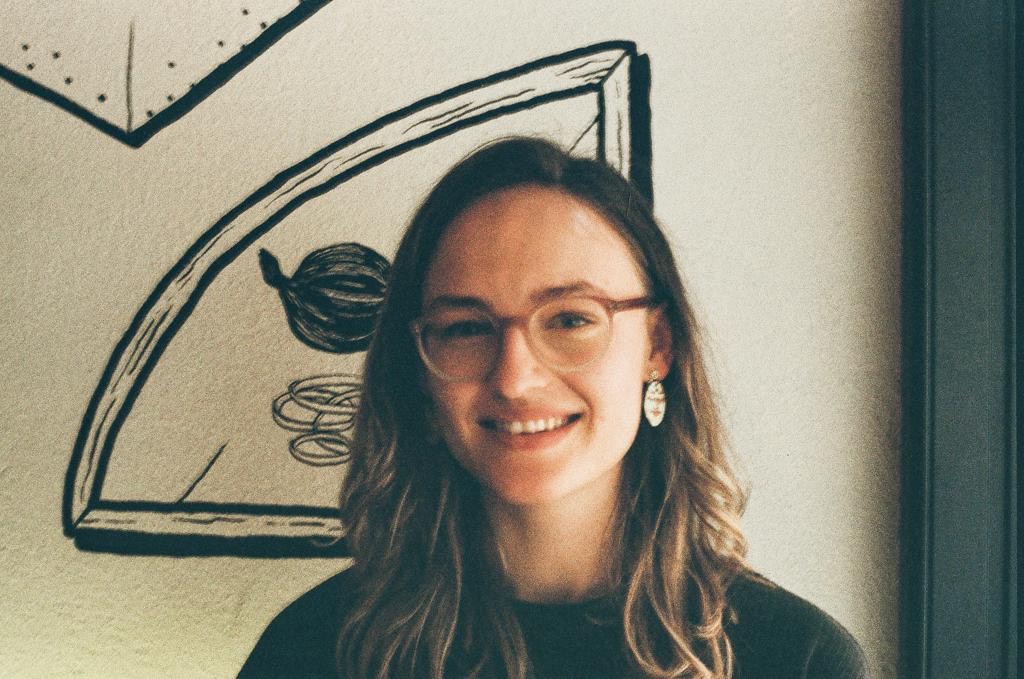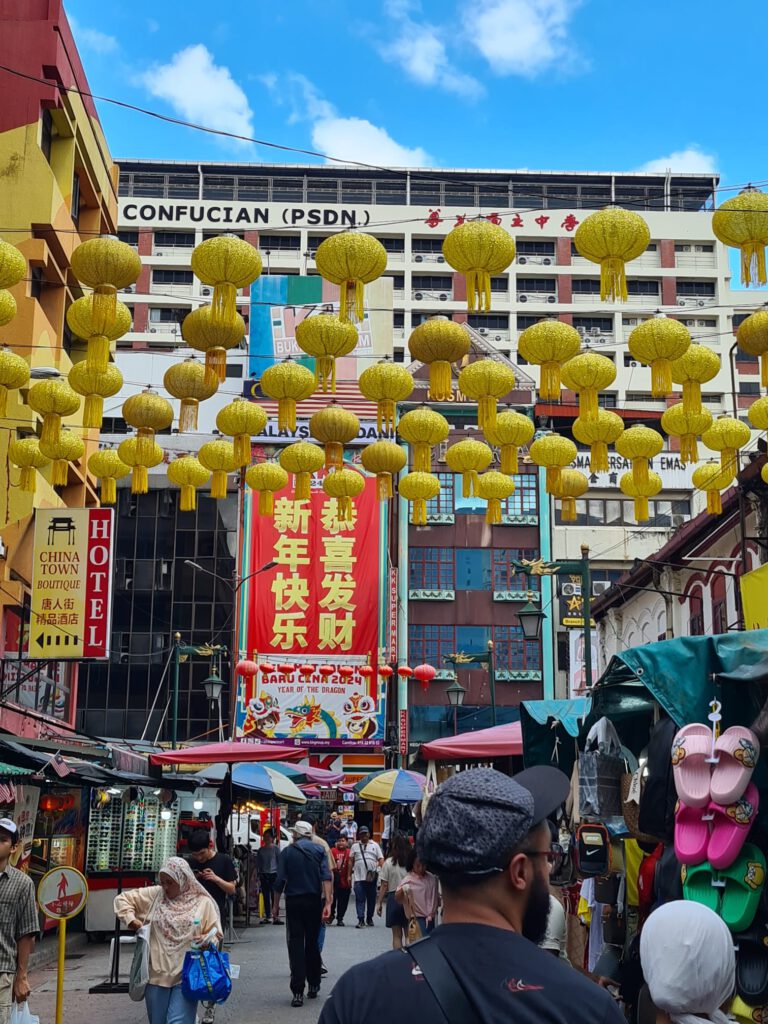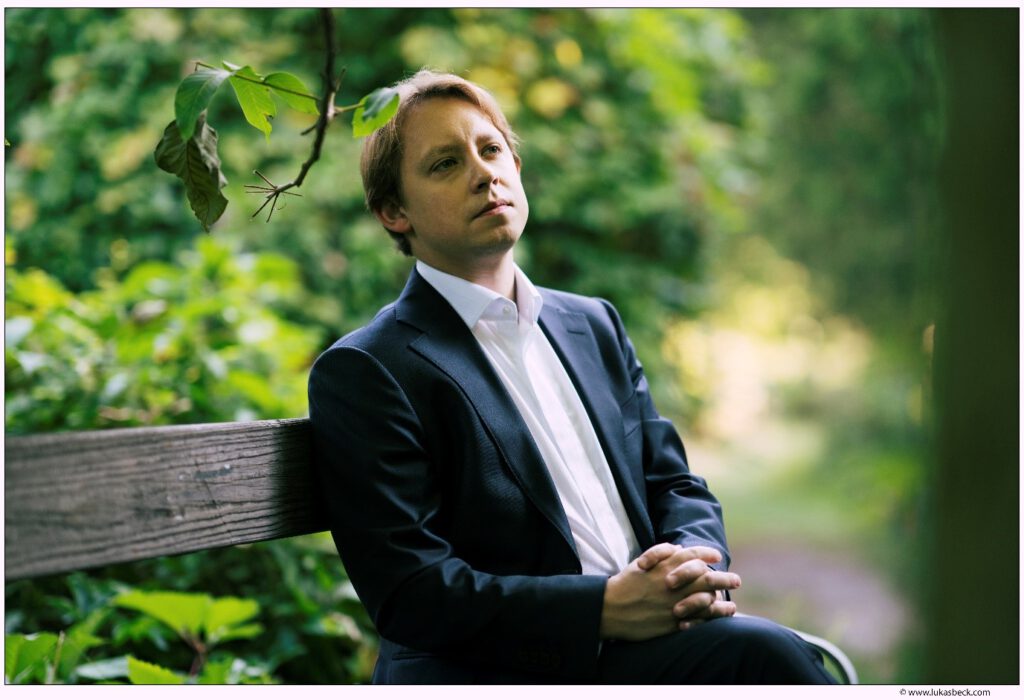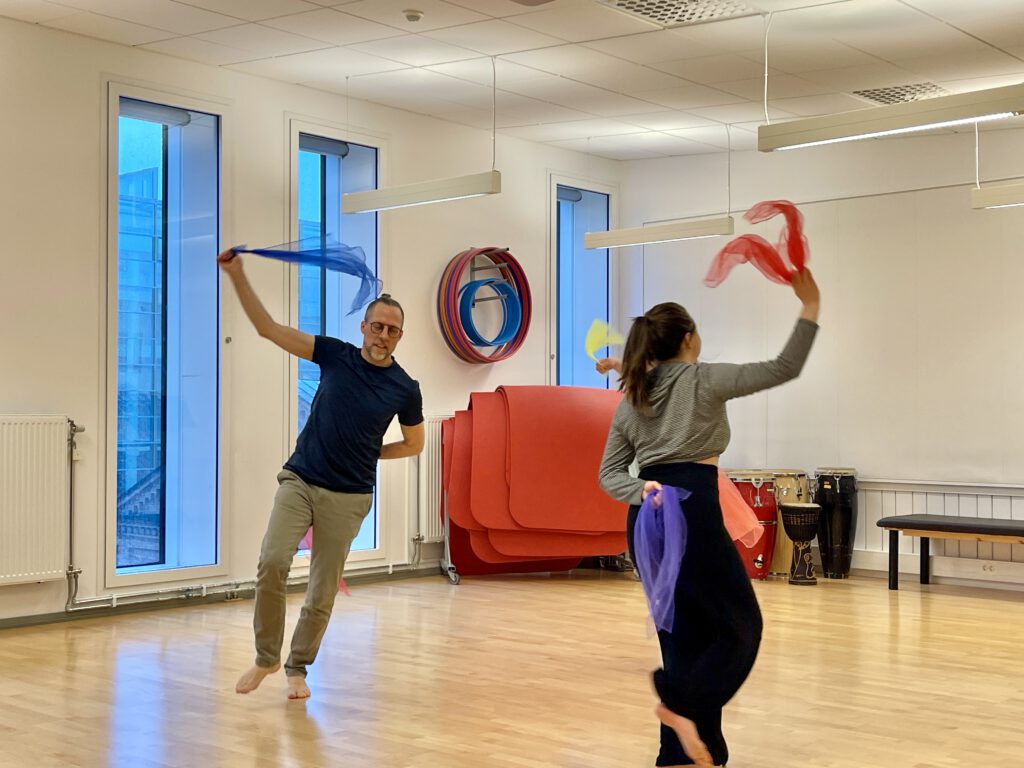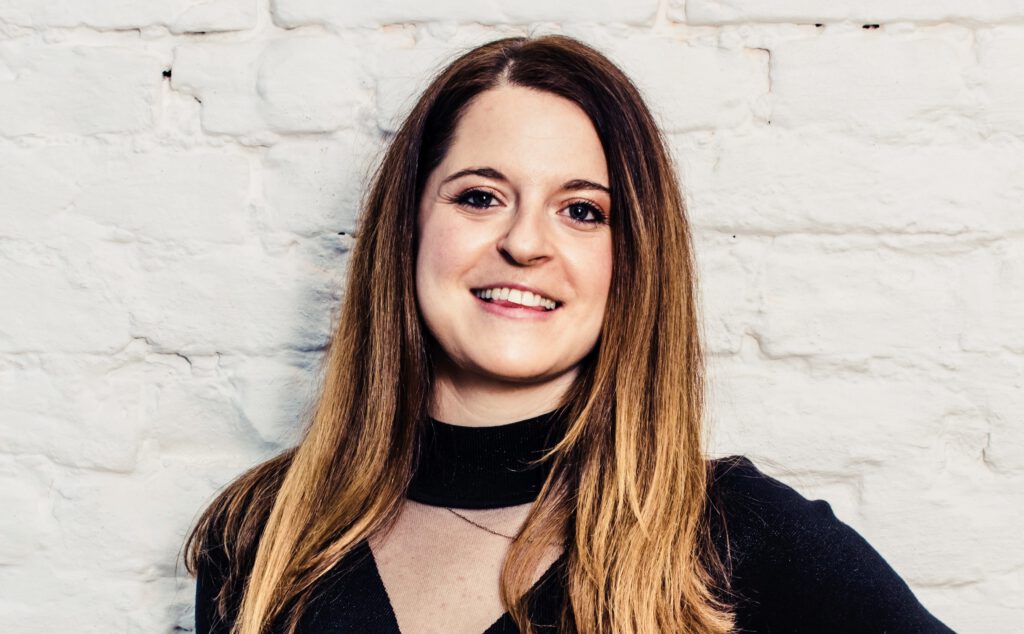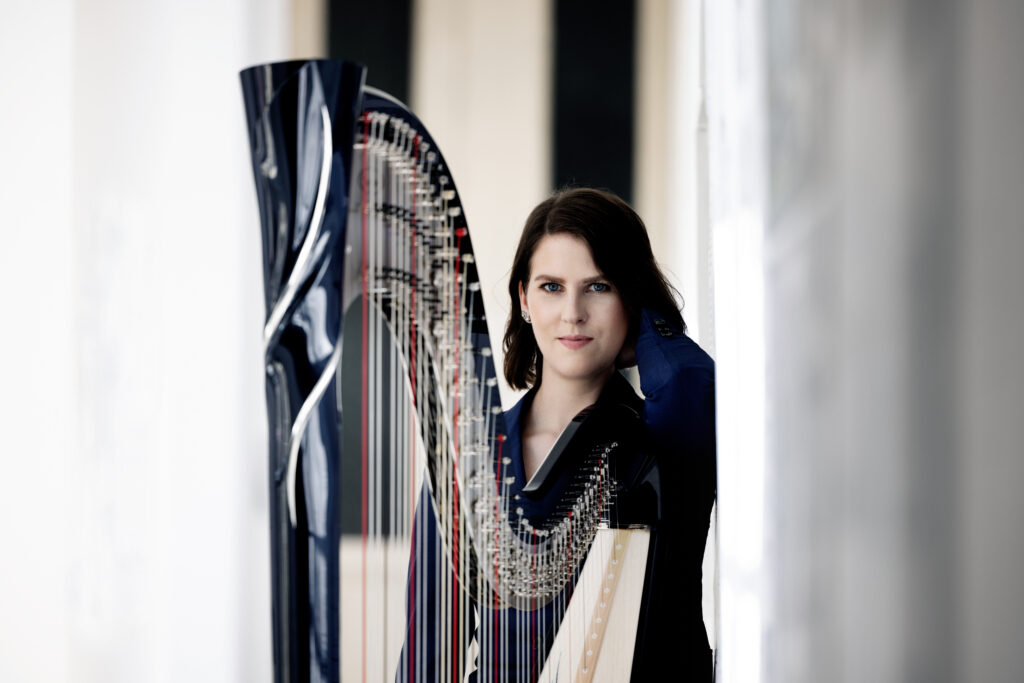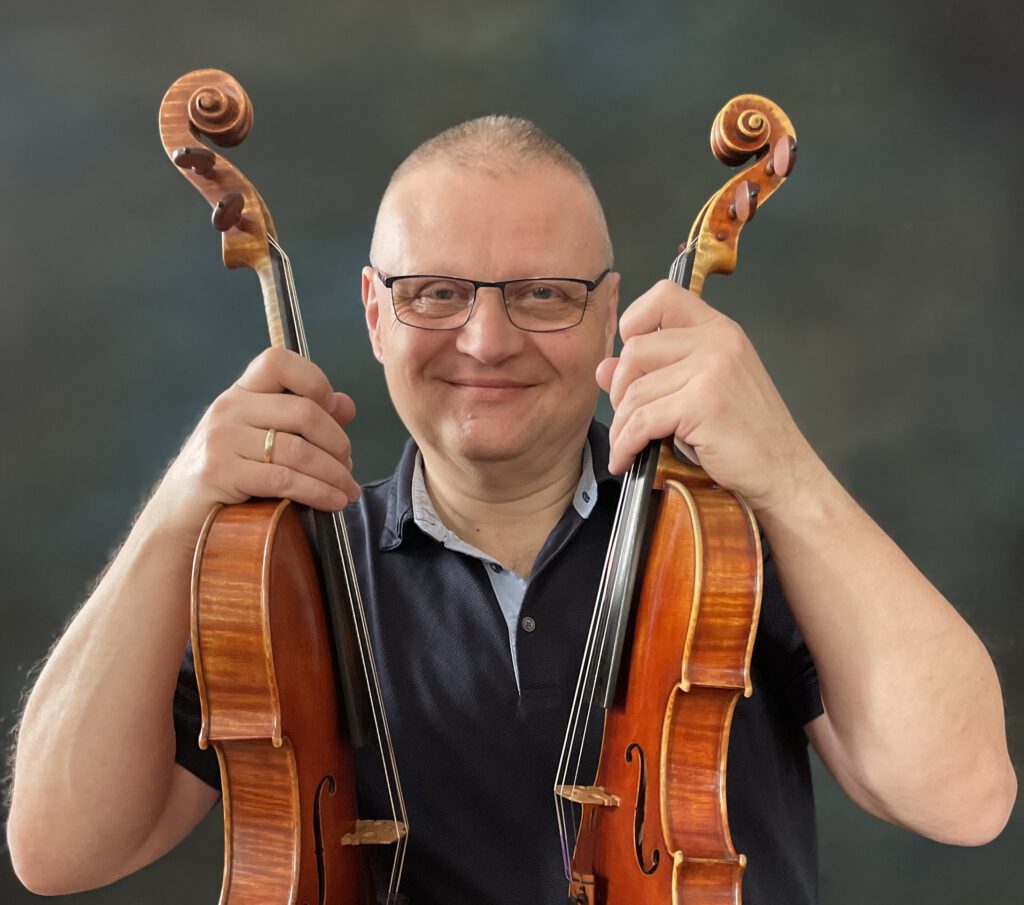Mi cuatrimestre en Buenos Aires
How to learn to stay relaxed surrounded by chaos
In August, after a short night in a plane (and 32 °C in Austria), I arrived in Buenos Aires. Winter, cold, alone, no Spanish, and no place to live. So, I was perfectly prepared.
First things first: Accommodations
Having arrived in chaos, otherwise known as Buenos Aires, I headed off straight away to look at two apartments I had heard about from acquaintances who had studied here a while ago – this made a number of things easier, but in Argentina it really is better to look for accommodations once you get there. You check the place out very carefully (photos on the internet are often retouched quite skilfully), and only then do you agree to take it. By the third day, I had already found the perfect place: only 25 minutes from both university campuses, right in the middle of town, beautifully furnished, more or less on the “Broadway” of Buenos Aires and thus very near to theatre, art, and music – but more on that later.
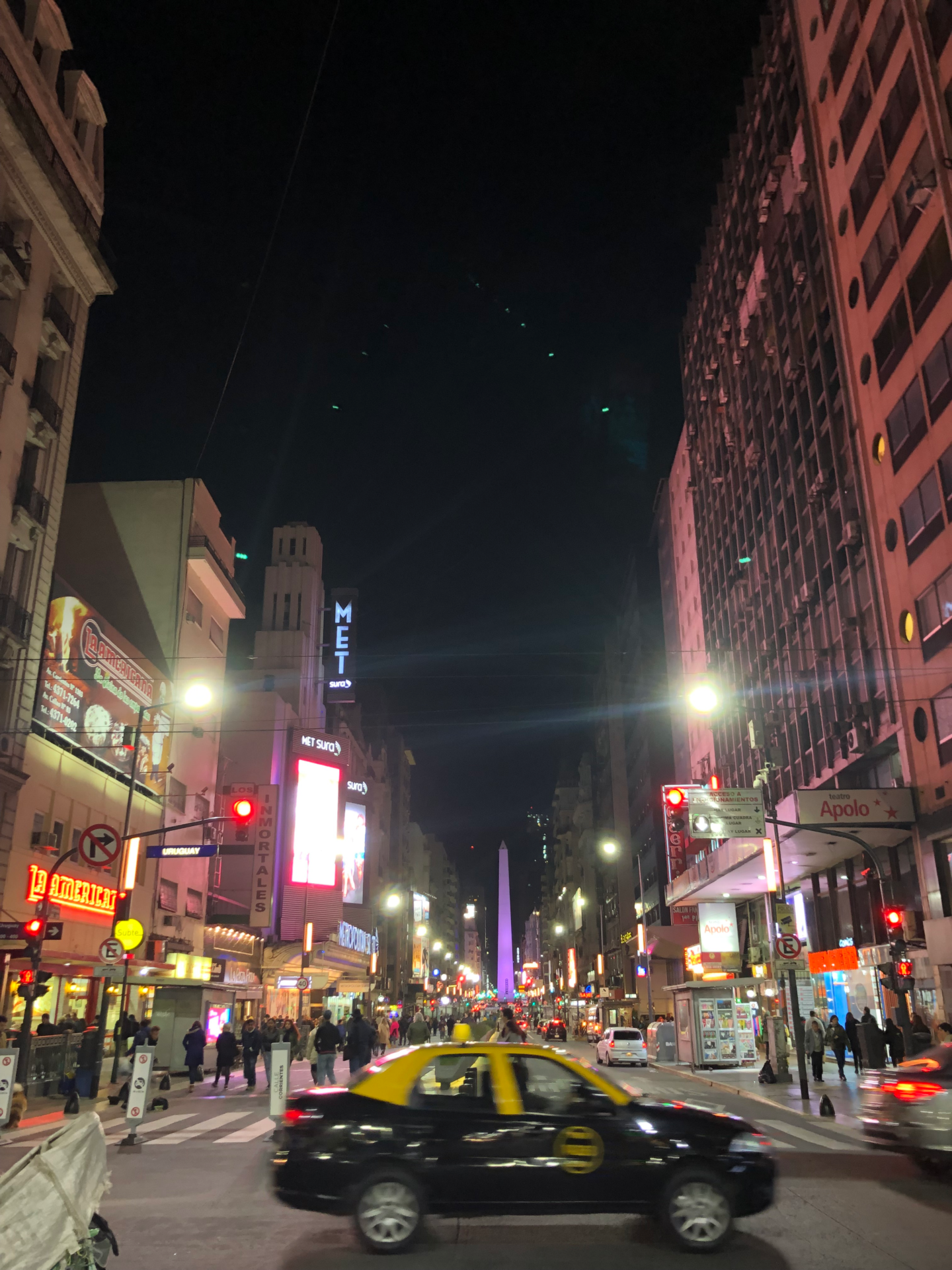
Pure chaos: the university
And now to what is certainly a very important part of a semester abroad: the university.
First: the person responsible for all exchange students is almost never available, scarcely answers any questions, and offers no assistance. I arrived before the official beginning of the semester; four of us met for a meeting that lasted ten minutes, and then we were sent off with the promise of a second meeting, which never materialised. After a week of not studying, there was then, in fact, a meeting for getting to know the other exchange students, which was great primarily because it was a chance to make contacts, and it was where I met my dearest friends in that semester.
Fortunately, on the very first day of registration I met an Argentinian woman who spoke fluent German (don’t forget, my Spanish at the time was limited to saying hello) and helped me with enrolment. Virtually all the classes I wanted to take were already full, and the responsible person from the Erasmus programme had not notified the administrators that I would be studying here, so the people at the enrolment office were very surprised to see me. But the Argentinians wouldn’t be Argentinians if they didn’t transform all of this chaos into a solution with a smile and a “traaaanqui”.
After the first period of chaos, it was time to begin studying. I packed my week with 40 hours of classes because I was so enthusiastic about the offerings. Tango, Contact Improvisation, Historia de Tango, Percusion latinoamericana, Improvisation, Musica y Movimiento, Tecnica de la Danza Moderna, and more…. I loved the classes here. The teachers demanded a great deal from us: we not only had to take the practical (dance) classes, but I also had to take tests, give reports, develop choreographies with fellow students, and read and summarise books. Particularly in the Movement Department and in the theoretical classes, I felt more challenged than in Vienna. I was able to learn a great deal, as the level in my classes was very high and the teachers were quite strict.
The Music Department was different. Instrumental instruction was like this: You had to be present in the lesson room for four hours a week; you had a 25-minute lesson yourself, and the rest of the time, you listened to other students. This was ok in the beginning but then grew increasingly difficult for me. I studied piano but had no instrument in my apartment. I was only able to practise two hours a week (at best) at the university, because the practice rooms promised to me were not actually available. But all of this was okay for me, because in this semester I was focusing more on dance, and I was extremely enthusiastic about this.
By the way, the university holds many of its classes from the late afternoon until 10 p.m. – my classes, at least, were always from 12 noon to 10 p.m., which was perfect for sleeping in.
Another thing that was new for me was that classes generally start 10 to 20 minutes later than the official starting time, which for someone from Vienna was very unusual. This is due to the unreliable public transport system and the fact that Argentinians are always late to everything – so my chronic tardiness was finally no longer a cause for eye-rolling!
More chaos: Argentina, strikes, the economy, and the elections
I arrived in a time of crisis, referred to by the Porteños as the “Macrisis” (after the former president Macri). I had to check the exchange rate of the peso every day, and prices sometimes changed every two weeks, (in August, a Cafe con leche at Starbucks cost 100 pesos, and in December 165). Particularly in the “Microcentro”, where I lived, there were strikes and demonstrations nearly every day, and university classes were often cancelled because of the strikes (especially because some teachers had not been paid in months). It was best not to change too many pesos at once because the exchange rate changed so fast, but for us Europeans this is all not so bad – the people who really suffer are those living here under the poverty level, and I could experience first-hand how their numbers were constantly growing. It happened more than once that I wanted to open the door in the morning to get out and someone was sleeping in front of it – often families with small children. As a European who has everything and doesn’t have to think about what she will eat or where she will sleep, I often feel very helpless and have a guilty conscience that we are living such a good life here while in other countries – and now places so close to me – so many people suffer through no fault of their own.
But what I find incredible about the Argentinians, and especially the Porteños, is: they strike, they organise demonstrations, and they call for reforms – and feminism is often an issue here – not least because they are battling for abortion rights.
I participated in some of these demonstrations myself, wore my “pañuelo verde” (the green scarf of the feminist campaign) and joined thousands of other women in La Plata in attending the “Encuentro Nacional de las Mujeres” workshops and discussing feminism and art with women from Argentina and other countries, an unforgettable experience.
At concerts and performances as well, the artists would often wave their “pañuelo verde” to the audience at the end to publicly demonstrate their political position.

In spring, a new president was elected, and many hoped that the economy, in particular, would improve (many Argentinians can save virtually no money, since the peso loses – or could lose – value significantly from one week to the next, and the purchase of dollars is restricted). What I noticed was: the new party is leftist, and two days after the inauguration, the “Centro Cultural Kirchner” was given more money so that it didn’t have to shut down in the summer, as was the case under the old, right-wing government.
Art, art everywhere!
Buenos Aires is a dream-come-true for art students. Nowhere else in the world have I found so many cultural offerings, every day, for so little money. I lived more or less next to the “Broadway” of the city, and I would often meet friends after classes at the theatre or the cinema – tickets started at one euro, but my favourite was the independent cinema where tickets cost ten cents.
The government invests a lot of money in art, culture, and subsidies for youth. There are numerous culture centres (centro culturales) that are open every day, have libraries, put on concerts and festivals (I attended about three concerts every week and sometimes more), and offer classes (yoga, cooking, dance, music…) – and it’s ALL FREE! This is certainly one of the reasons I fell in love with the city the way I did. I met friends so many times to attend concerts or performances together for little or no money – in the knowledge that the artists were nevertheless well paid because they were subsidised by the state. This is art and culture for everyone, really for everyone, with simple booking or none at all. There are all types of genres on offer (I saw Daniel Barenboim at the CCK and a few days later a famous pop singer at the Centro Recoleta), and most museums are free or very inexpensive – something I miss in Austria.
Dance lessons in studios are also very affordable. In addition to my classes at the university, I took three lessons a week at a renowned dance studio, and at the end of the year I performed with seven other “chicas” from my class at a theatre on Broadway, an incredible experience!
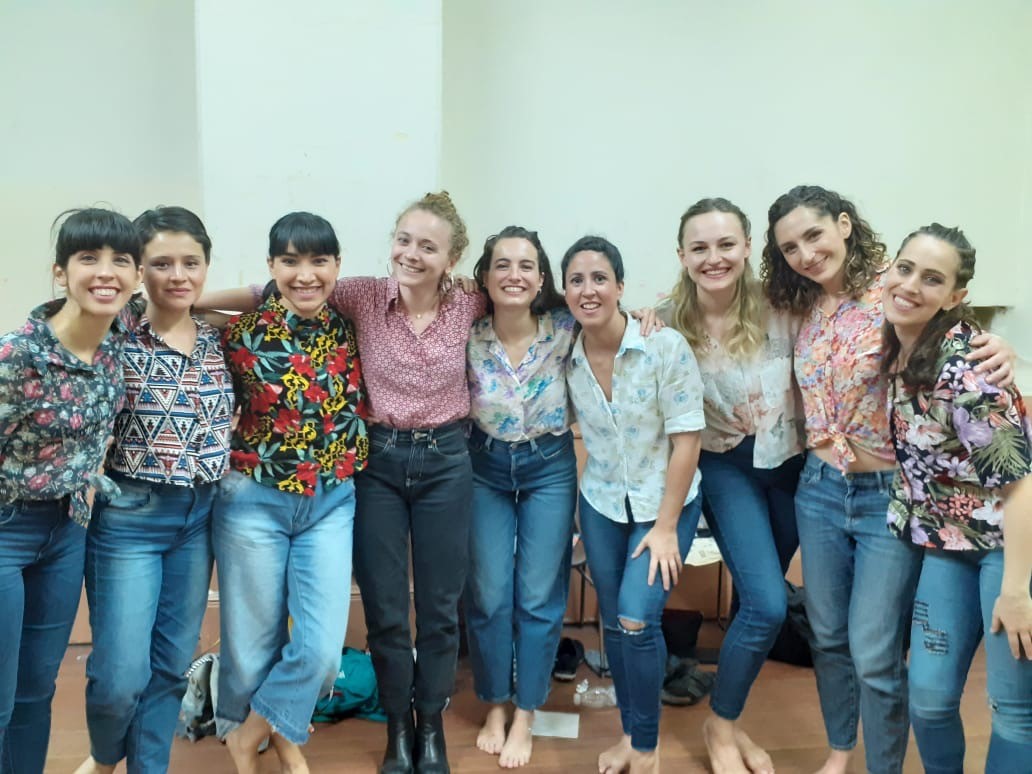
I attended “milongas” – the tango dance events – with friends at least once or twice a week, especially to practise for my tango lessons at the university, which were very demanding. In a milonga, you feel like you have been taken back in time to the 1930s: the music, the singing, the dimly lighted hall, the “Tangueras y Tangueros” dancing through the room…< It’s something you have to experience!
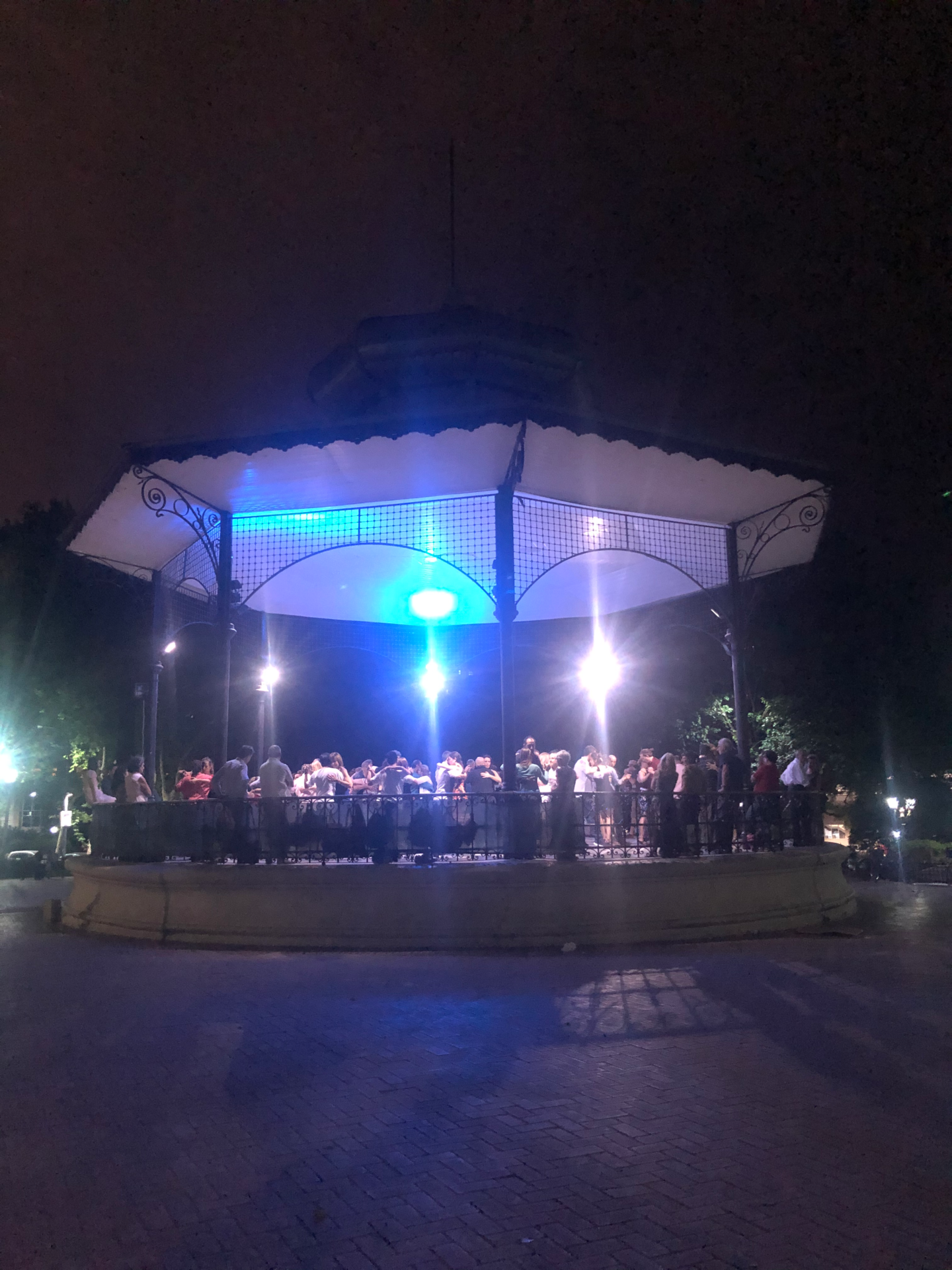
Che, que onda?
Spanish. When I arrived, I was astonished that all of the classes were in Spanish, and that in most classes there was no one to translate, as most of the students do not speak English well. This is why I took thirty hours of private lessons in that semester, helping me to reach the B2 level by December, something I am very proud of, as that was one of my goals in this semester abroad. Argentinian Spanish is in some ways quite different than what is spoken in Spain, and not only in terms of pronunciation and expressions – they say “vos” instead of “tu”, for example, and conjugate the second person differently. But since I like Argentinian Spanish better anyway, this is no problem, and I quickly learned the slang expressions from the Buenos Aires area, which to my friends here was especially important! 😀
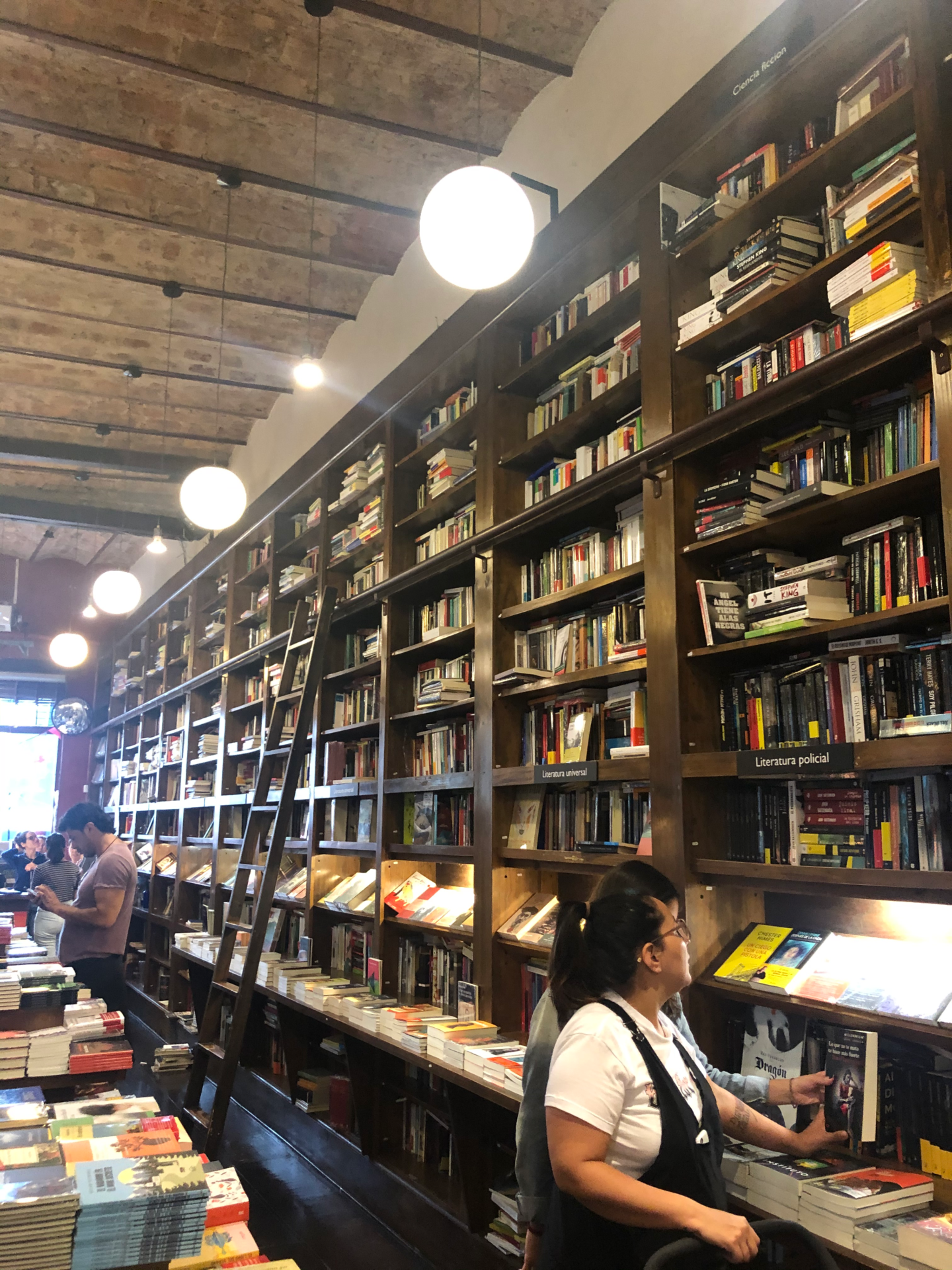
La viajera
Of course, one also travels through the country in a semester abroad, and with the exception of Cordoba, I was able to travel to all of the major regions (although I still saw only a fraction of this enormous country) and simply marvelled at how diverse Argentina is: deserts, the Andes, the highest mountain outside of Asia, glaciers, jungles, huge waterfalls, vineyards, expanses of cacti, whales, penguins… Sometimes one can scarcely believe how much there is to discover in one country!

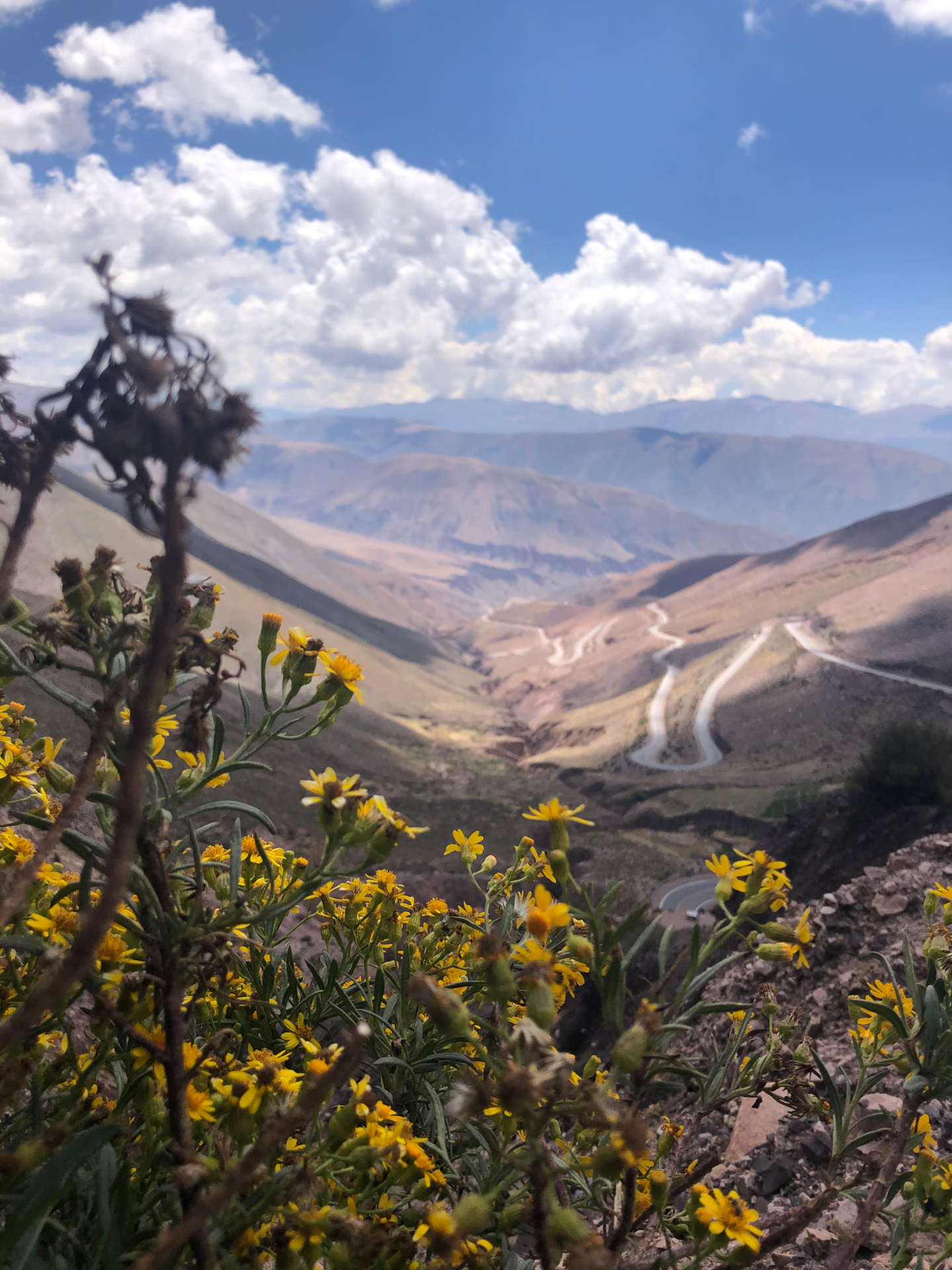
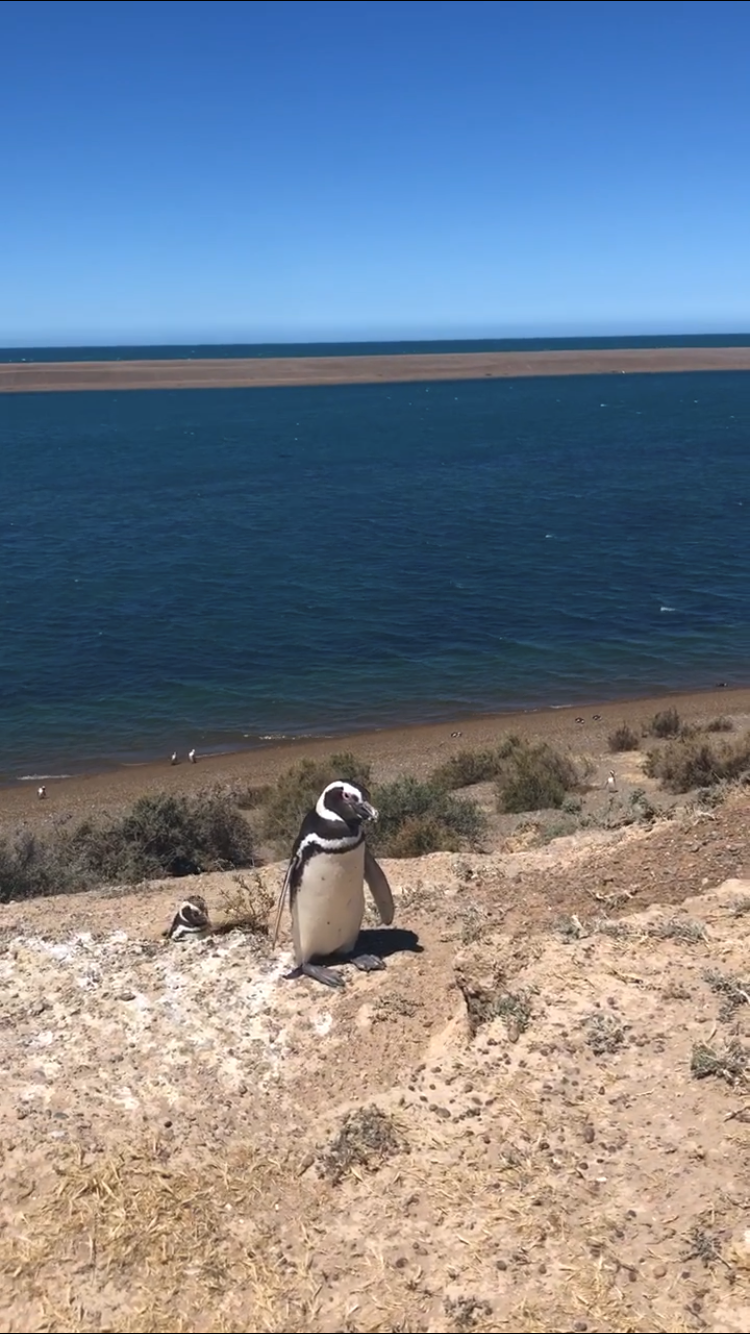
In January, I sadly had to bid farewell to Buenos Aires – although the city with its noise, chaos, and usually non-functional public transport system sometimes drove me crazy, it was hard for me to leave. The people here are so open and warm-hearted; they help you out, invite you to “asados” (barbeques, usually on one of the city’s rooftop terraces), and one finds friends very quickly here. The fact that art is accessible to virtually everyone here, that there is always something to do, that there are so many dance and music events, that I found good friends there, and that I fell in love with the city and with Argentinian Spanish, is reason enough for me to already make plans for my next visit!
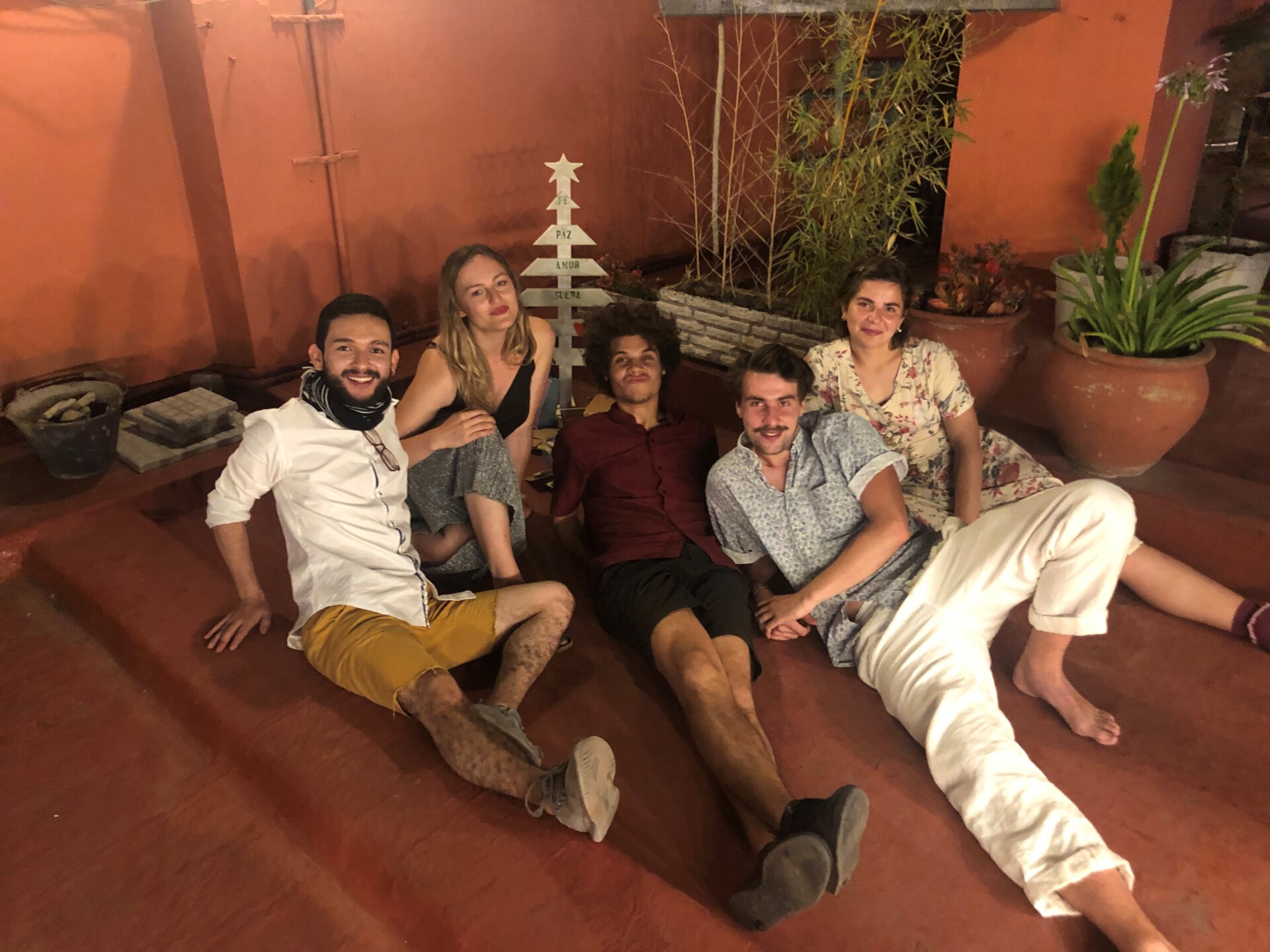
If you are willing to leave behind the Austrian mentality of organisation and order, to be open to a new country, warm-hearted people, and a degree of chaos and some surprises, I can wholeheartedly recommend a semester abroad in Buenos Aires! You will learn so much not only at the university but above all outside of it – for life, for your studies, and for yourself!
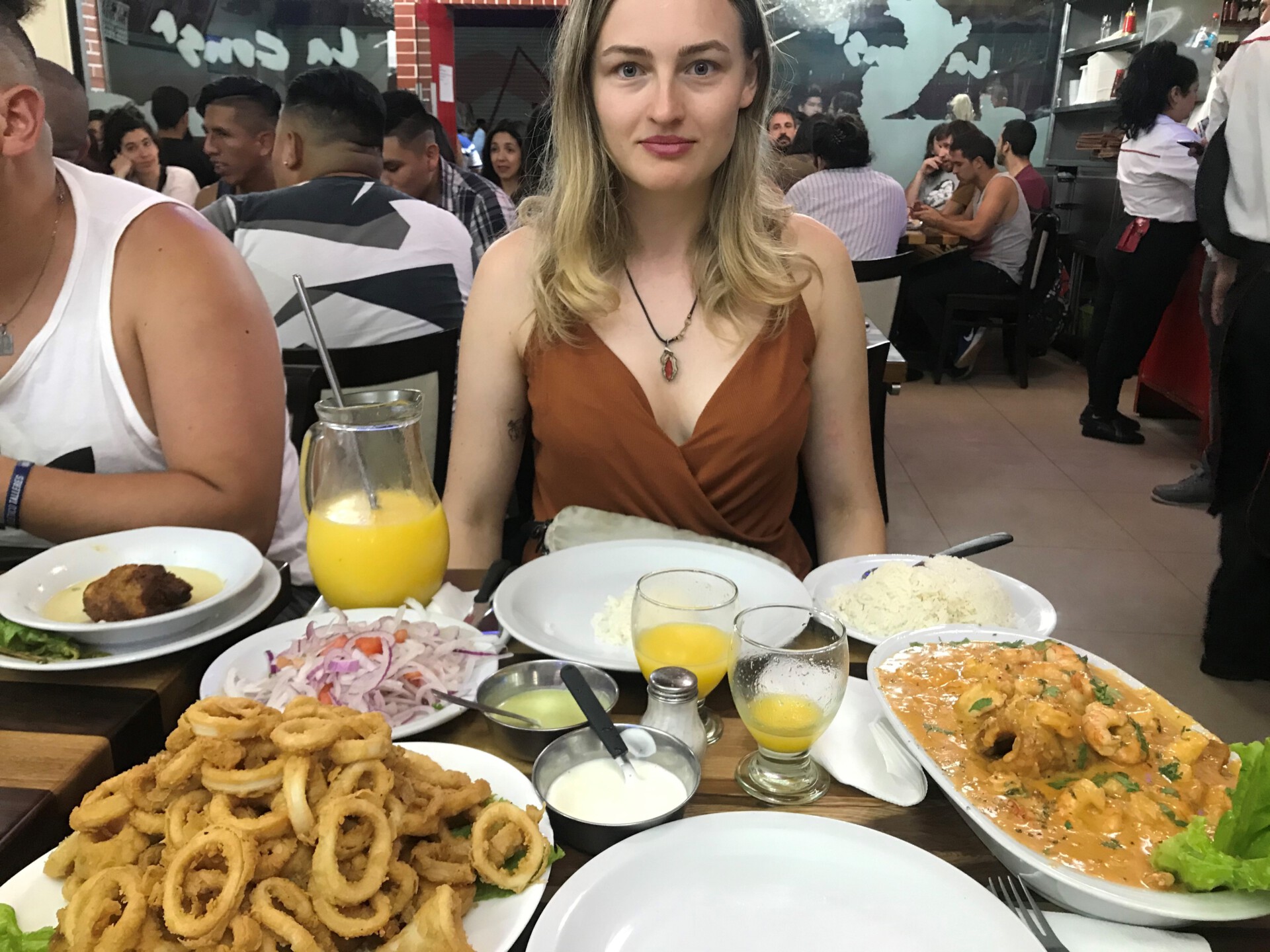
Are you a mdw student and interested in spending a semester or year at one of our partner institutions?

